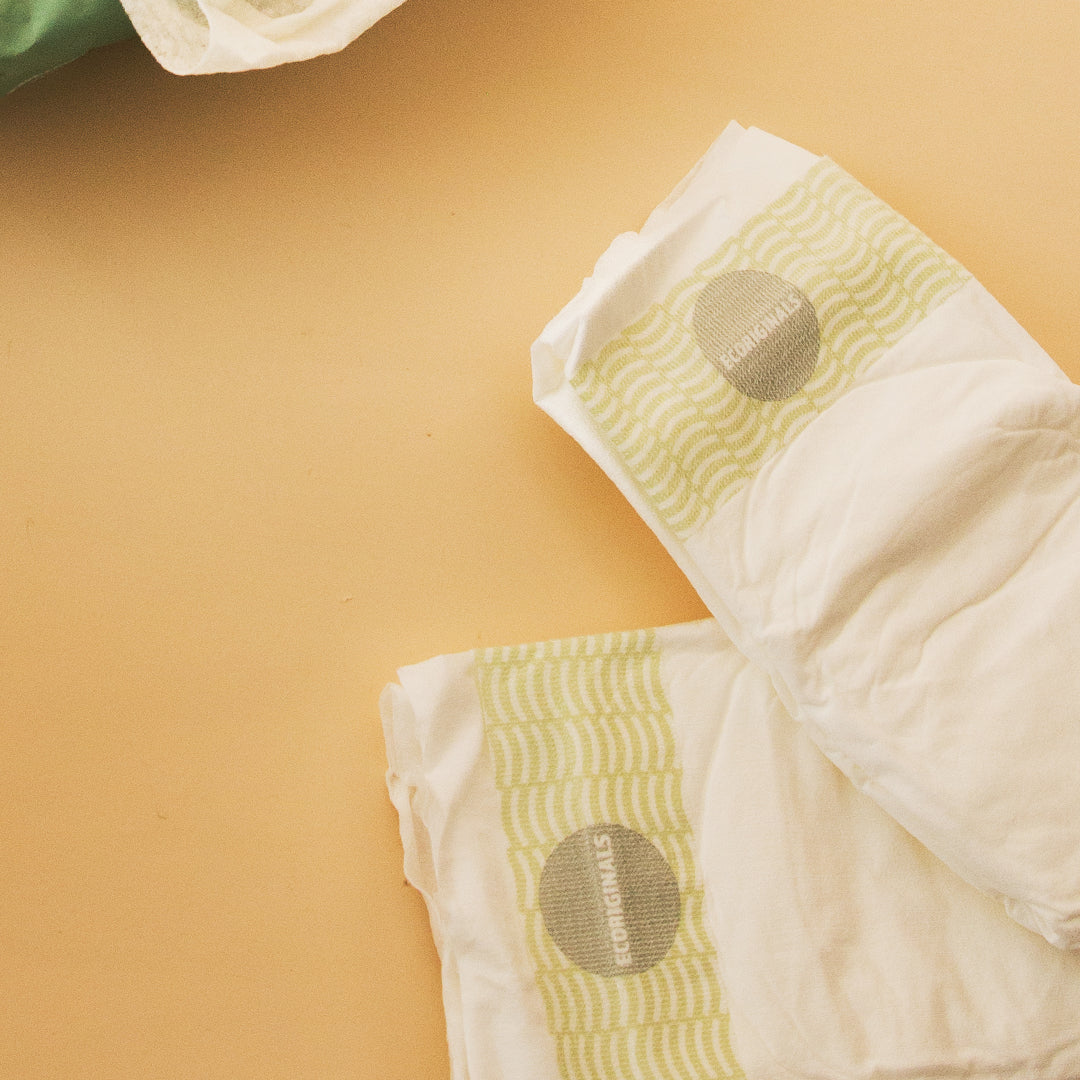The journey through postpartum recovery is a significant chapter in any new mother's life. While the focus often centers around the newest addition to the family, it's crucial to remember that self-care is equally important. One powerful tool that can make a world of difference in postpartum healing is breathwork, particularly the practice of Diaphragmatic Breathing. In this blog post, we'll explore the vital connection between breath, pelvic floor health, and how a simple yet profound technique can support your well-being.
Understanding the Pelvic Floor: The pelvic floor is a group of muscles located at the base of the pelvis, resembling a hammock. It plays a crucial role in various bodily functions, including supporting the bladder, bowel, and uterus. During pregnancy and childbirth, these muscles undergo significant stress, often leading to weakened or stretched pelvic floor muscles.
The Importance of Postpartum Pelvic Floor Health: Recovery after childbirth involves nurturing the body back to its pre-pregnancy state, and that includes the pelvic floor. A strong and resilient pelvic floor contributes to improved posture, reduced risk of incontinence, and overall core stability. This, in turn, allows for a smoother transition into daily activities and exercises.
Breathwork and Pelvic Floor Health: Breathwork, particularly Diaphragmatic Breathing, is a powerful practice that can greatly aid in the recovery of the pelvic floor. This technique focuses on using the diaphragm to promote relaxation and engage the pelvic floor muscles effectively. By coordinating breath with muscle engagement, you can enhance strength, stability, and overall pelvic floor function.
How to Practice Diaphragmatic Breathing:
- Find a comfortable position, whether sitting or lying down.
- Relax your shoulders to allow for unrestricted breath.
- Inhale deeply through your nose, letting your abdomen rise as your lungs fill with air.
- Exhale slowly through your mouth or nose, feeling your abdomen gently fall.
- As you exhale, engage your pelvic floor muscles, imagining a subtle lift.
Incorporating Diaphragmatic Breathing into Daily Life: The beauty of Diaphragmatic Breathing lies in its accessibility. It can be practiced anywhere, at any time. Consider incorporating it into your daily routine, especially during moments of rest or quiet reflection. With consistency, you'll notice a positive impact on your pelvic floor health.
Remember, postpartum recovery is a journey, and every step you take towards nurturing your well-being matters. By embracing breathwork and the practice of Diaphragmatic Breathing, you're not only investing in your pelvic floor health but also fostering a deeper connection with your body's innate strength. Together with supportive products like Ecoriginals' plant-based nappies and wipes, you're on your way to a holistic and empowered postpartum experience.
Disclaimer: Always consult with your healthcare provider before beginning any new exercise or wellness practice, especially during the postpartum period.





